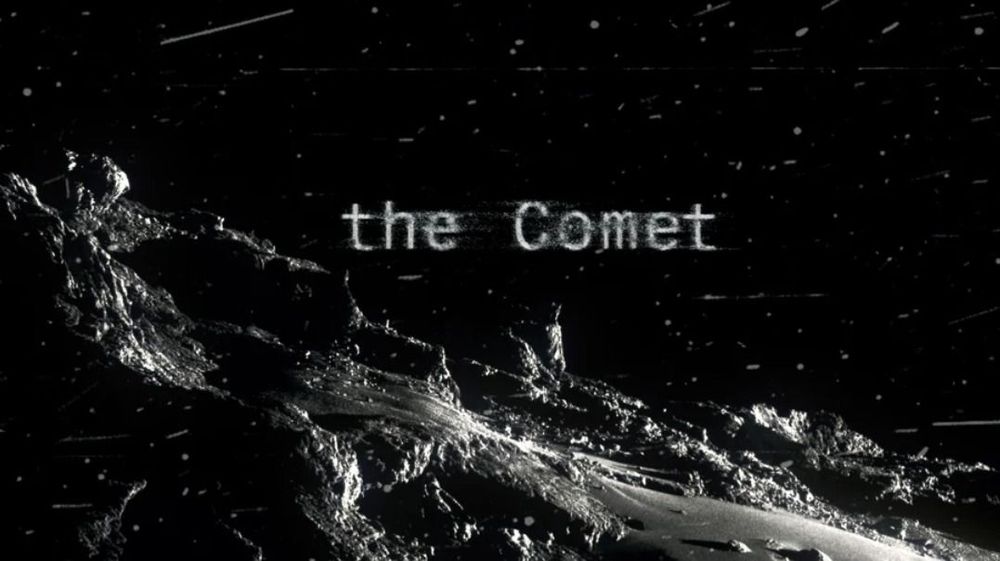When starting to create the movie, Gray said “Ad Astra” would be a “science feature fact” film and that he would endeavour to make it the most realistic space movie yet created. He admitted he had to adjust that vision as production continued. “A lot of times when you start working on a project, you start to say unbelieveably dumb things,” he joked.
Brad Pitt says his new space movie “Ad Astra” won’t have a clear position on whether humanity is alone in the universe.





